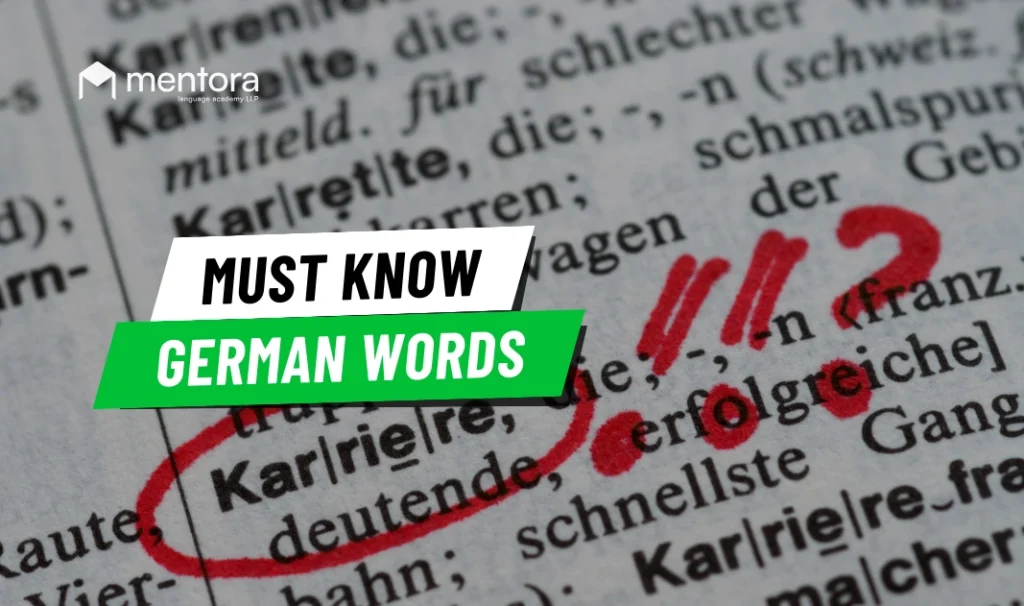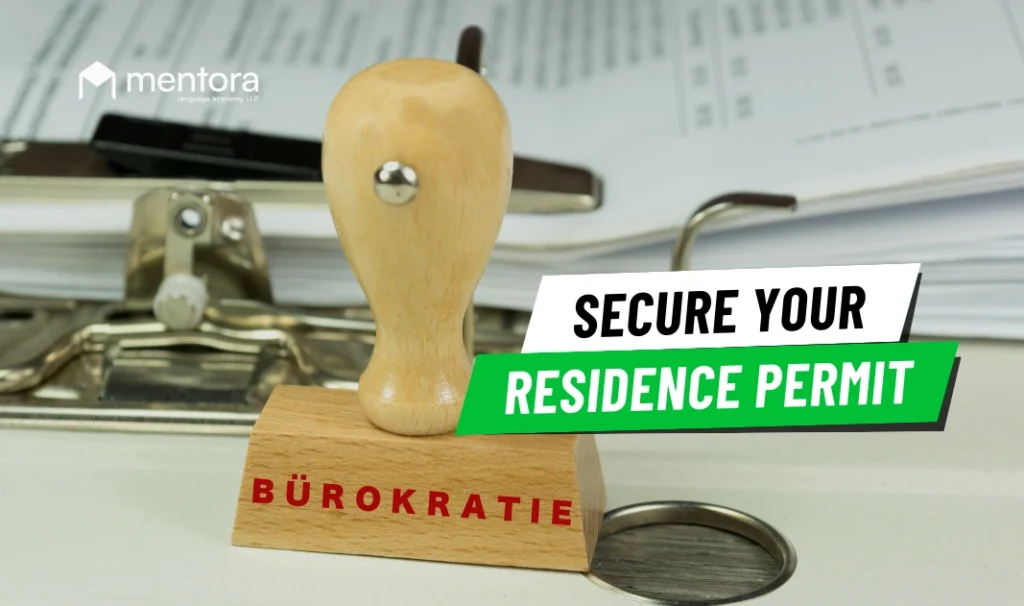Learning German can be an enriching experience, offering insights into a culture that has significantly influenced the arts, science, and philosophy. However, mastering German pronunciation and grammar can also pose challenges for learners. This article provides practical advice to overcome these hurdles, ensuring a smoother learning journey.
Understanding German Pronunciation
German pronunciation might seem daunting at first, but with the right techniques, you can grasp it more easily. Here are some tips:
1. Master the Umlauts (ä, ö, ü)
Umlauts can change the meaning of words significantly. Practice by shaping your mouth differently: for ä, say “eh”; for ö, form your mouth to say “o” but say “e”; for ü, pucker your lips as if saying “oo” then try to say “ee.”
2. Get the “ch” Sounds Right
The “ch” sound varies in German. After “a”, “o”, “u”, and “au”, it sounds like a raspy “h” (as in “Bach”). After “e”, “i”, “ä”, “ö”, “ü”, it’s softer, like the “h” in “hue”. Practice by focusing on the position of your tongue and the airflow.
3. Perfect the Rhythmic Flow
German is known for its clear, rhythmic flow. Pay attention to stress patterns in words and sentences. Usually, the first syllable in German words is stressed. Listening to native speakers and mimicking their rhythm can help.
Demystifying German Grammar
German grammar is notorious for its complexity, but understanding its logic and patterns can demystify it.
1. Nailing the Noun Cases
German has four cases: Nominative, Accusative, Dative, and Genitive. These affect articles, adjectives, and sometimes nouns. Start by learning the definite and indefinite articles in all four cases for each gender. Create tables and practice filling them in until the patterns start to stick.
2. Mastering Verb Conjugations
German verbs change based on the subject, tense, and mood. Focus on learning the regular and irregular verbs in the present tense first, then gradually expand to other tenses. Pay special attention to the “strong” (irregular) verbs, as they often follow patterns that, once learned, make conjugation easier.
3. Understanding Sentence Structure
German sentence structure can be flexible due to the cases, but there are rules. The verb is typically in the second position in statements and the first in questions. In subordinate clauses, the verb goes to the end. Practice by translating sentences from English to German and vice versa, focusing on maintaining the correct structure.
Building Vocabulary Effectively
Expanding your German vocabulary is crucial for fluency. Here are strategies to build it:
1. Use Flashcards
Leverage spaced repetition systems (SRS) like Anki or Quizlet. Include the word, its translation, a sentence example, and pronunciation tips. Regular review is key to retention.
2. Immerse Yourself
Immerse yourself in the language through music, movies, podcasts, and books. Try to engage with materials that interest you to make learning more enjoyable and relevant.
3. Practice Regularly
Practice speaking and writing daily. Language exchange with native speakers or fellow learners can provide real-life practice and feedback.
4. Leverage Language Apps
Language learning apps like Duolingo, Babbel, or Rosetta Stone can supplement your learning by providing structured lessons and immediate feedback.
Conclusion
Mastering German pronunciation and grammar takes time and dedication, but it’s far from impossible. By focusing on the nuances of pronunciation, understanding the logic behind the grammar, and consistently building your vocabulary, you’ll make steady progress. Remember, language learning is a marathon, not a sprint. Embrace the mistakes as part of the learning process, and don’t hesitate to seek feedback from more experienced speakers. With persistence and the right strategies, you’ll find yourself communicating more confidently and effectively in German.












































































































